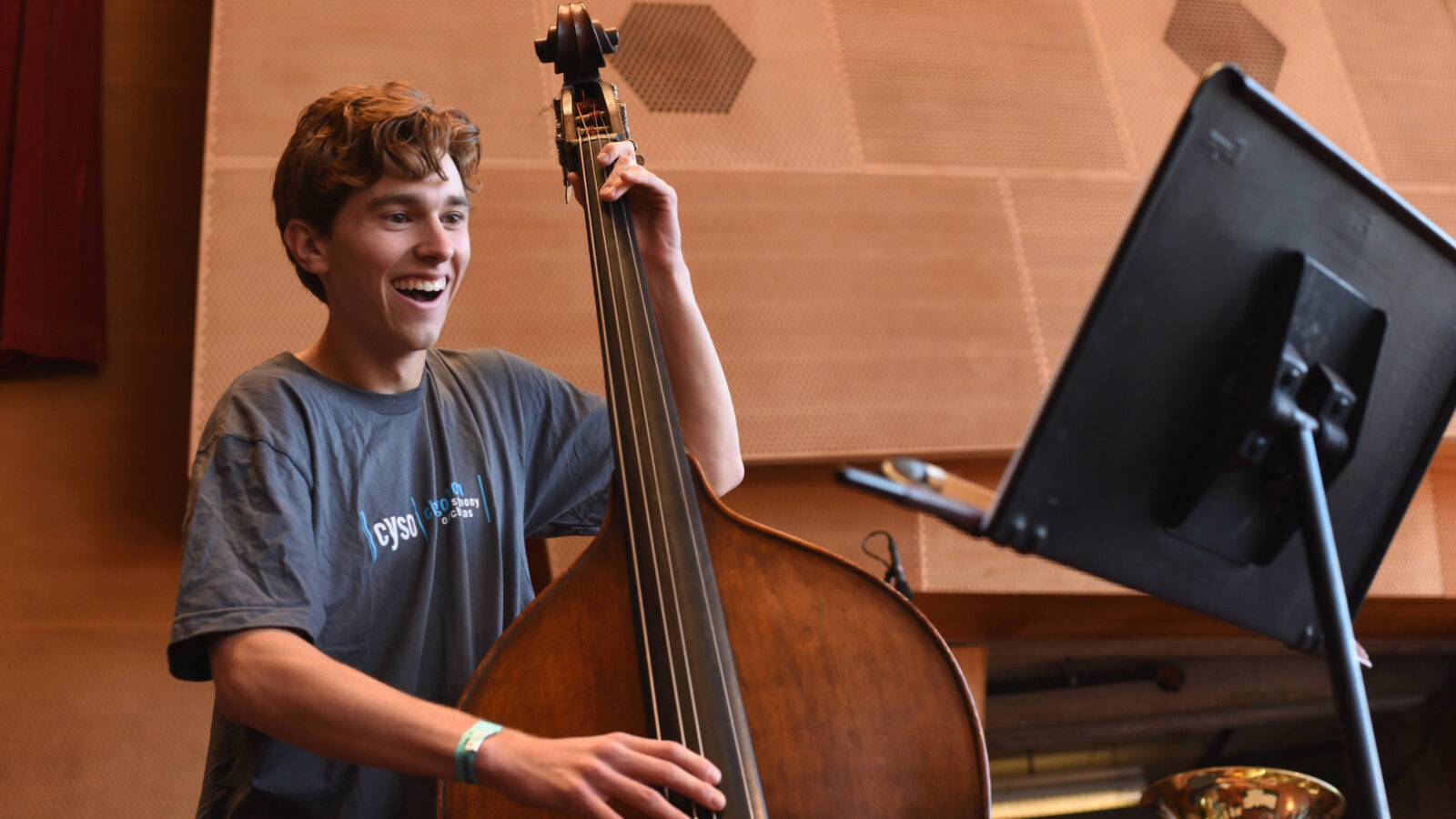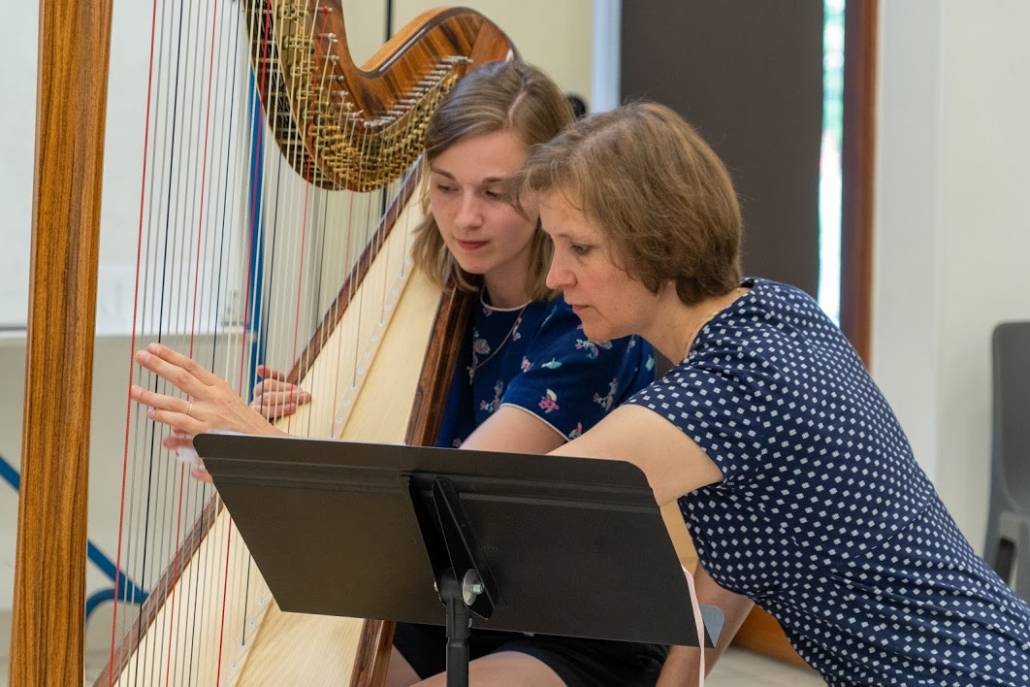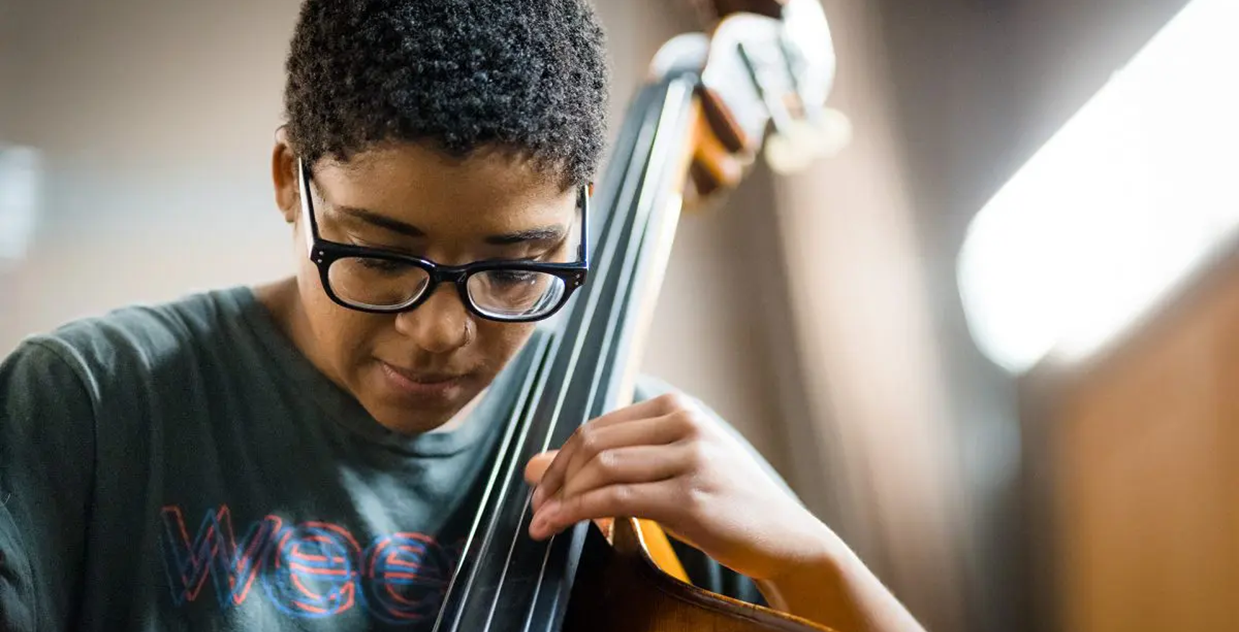In the world of music auditions, the title of a composition is more than a label—it’s a key to understanding the music itself. Titles often contain valuable information about the piece’s structure, key, form, origin, and emotional character. For high school musicians preparing for collegiate auditions, especially those aiming to enter competitive music programs, understanding how to interpret a title can be the difference between a good performance and a great one.
Why Titles Matter
Adjudicators don’t just listen for technical skill. They look for musicians who understand what they are playing. A well-informed performer who understands the meaning behind a composition’s title is often more expressive, confident, and engaging.
Take Mozart’s Clarinet Concerto in A Major, KV 622. Every word and number in that title has meaning. A concerto is a large-scale musical composition that features a solo instrument set against the backdrop of a full orchestra, often structured in three movements—fast, slow, fast. It combines both collaboration and contrast between the soloist and ensemble. The term "Clarinet Concerto" tells us the piece is a concerto—a work written for solo instrument (clarinet) and orchestra. "In A Major" identifies the key center of the piece, giving us insight into its tonality and mood. Finally, "KV 622" is the catalog number assigned by Ludwig von Köchel, who organized Mozart’s works chronologically. Knowing this information not only enhances your performance, it prepares you for likely questions from audition panels.
Understanding Musical Catalog Numbers
Many classical compositions are identified by catalog numbers, which help distinguish works by the same composer. For example, "KV" stands for Köchel Verzeichnis, the catalog for Mozart’s works. "Opus" (Latin for "work") is used by composers like Beethoven and Brahms to organize their pieces, often by publication order. Bach’s works are labeled with "BWV", short for Bach Werke Verzeichnis.
Adjudicators may ask about these numbers to assess how well a student understands the historical and contextual background of their piece. You should be ready to explain who assigned the number, whether the piece was written early or late in the composer’s life, and how it compares to others by the same composer.
Key Points
- ✔️ Titles are more than labels. They are clues to the music’s identity.
- ✔️ Audition adjudicators ask insightful questions – be ready.
- ✔️ Audition preparation includes research, not just practice.
Interpreting Form Through Title Words
Titles often hint at a piece’s structure and style. For example, a "Concerto" usually includes three movements (fast-slow-fast), highlighting interplay between the soloist and ensemble. A "Sonata" is typically a multi-movement work for solo instrument or duo, often featuring a sonata-allegro form in its first movement. Other terms like "Suite," "Prelude," or "Etude" convey distinct musical purposes or emotional tones. Knowing these forms allows you to better interpret and communicate the music.
What Does “In A” Mean?
The phrase "In A" refers to the key signature—in this case, A major. This means the tonal center of the piece is A, and it will use the pitches of the A major scale. However, the clarinet is a transposing instrument. When a B-flat clarinetist plays written B major, it sounds as A major. Understanding the difference between concert pitch and written pitch is crucial. Adjudicators may ask whether the performer is playing in the transposed key or the concert key, and how this impacts their interpretation and technique.
Title-Based Questions You Might Be Asked
Adjudicators often explore a student’s understanding with thoughtful questions that cover both musical knowledge and interpretive insight. These may include:
- What does the title tell you about the form or structure of this piece?
- Why do you think the composer chose this particular title?
- What genre or style does this title suggest, and how does that influence your interpretation?
- Are there historical or cultural influences embedded in the title or form of this work?
- What is the meaning or purpose of each movement (if applicable)?
- How would you describe the emotional arc or story of the piece based on the title?
- How does understanding the title affect your phrasing, articulation, or expression?
- Can you name another work by this composer and compare the titles?
- How would you explain this title and piece to a younger student or peer?
- Can you explain the catalog number, and who assigned it?
- What do you know about the composer’s life or career at the time this piece was written?
- How does the key of the piece influence its character or emotional quality?
- How is your instrument featured in this composition, and how does it interact with the ensemble?
These are not trick questions. They're invitations to demonstrate that you are a thoughtful, informed musician.
Making Sense of Common Title Terms
Composers often choose specific terms to signal a piece's form, origin, or feeling. For instance, "Aria" and "Arioso" suggest vocal lyricism, while "Ballade" implies a narrative or dramatic quality. Titles like "Bourée," "Gavotte," or "Waltz" reference traditional dance forms, each with its own rhythmic patterns. Terms such as "Fugue" indicate complex counterpoint, while "Etude" focuses on technical development. Knowing what each of these means helps you understand not only how to play the piece, but how to convey its story.
Common Compositional Forms
Air
Aria
Arioso
Ballad
Bolero
Concerto
Fantasy
March
Nocturne
Overture
Prelude
Rhapsody
Rondo
Scherzo
Serenade
Soliloquy
Sonata
Suite
Theme and Variations
Waltz
How to Prepare for Title Questions
The best way to prepare is to treat every word in the title as a clue. Study its meaning, research its context, and consider how it connects to what you play. Try writing out a simple explanation of your piece’s title and why it matters. Reflect on how that knowledge changes the way you interpret the music. It will show in your playing.
Final Thoughts
Understanding composition titles isn’t about memorization—it’s about making a deeper connection to the music. When students grasp the meaning behind the title, they transform from note players to storytellers. They perform with purpose, context, and confidence.
In auditions, adjudicators look for more than clean technique. They seek musicians who know what they’re saying through their music. Understanding the title is your invitation to step inside the music’s story—and tell it well.



.png)
.png)


.jpg)
.jpg)

.jpg)

.png)




.jpg)
.png)









.jpg)



.jpg)
.jpg)
.jpg)
.jpg)
.jpg)

.png)
.png)

